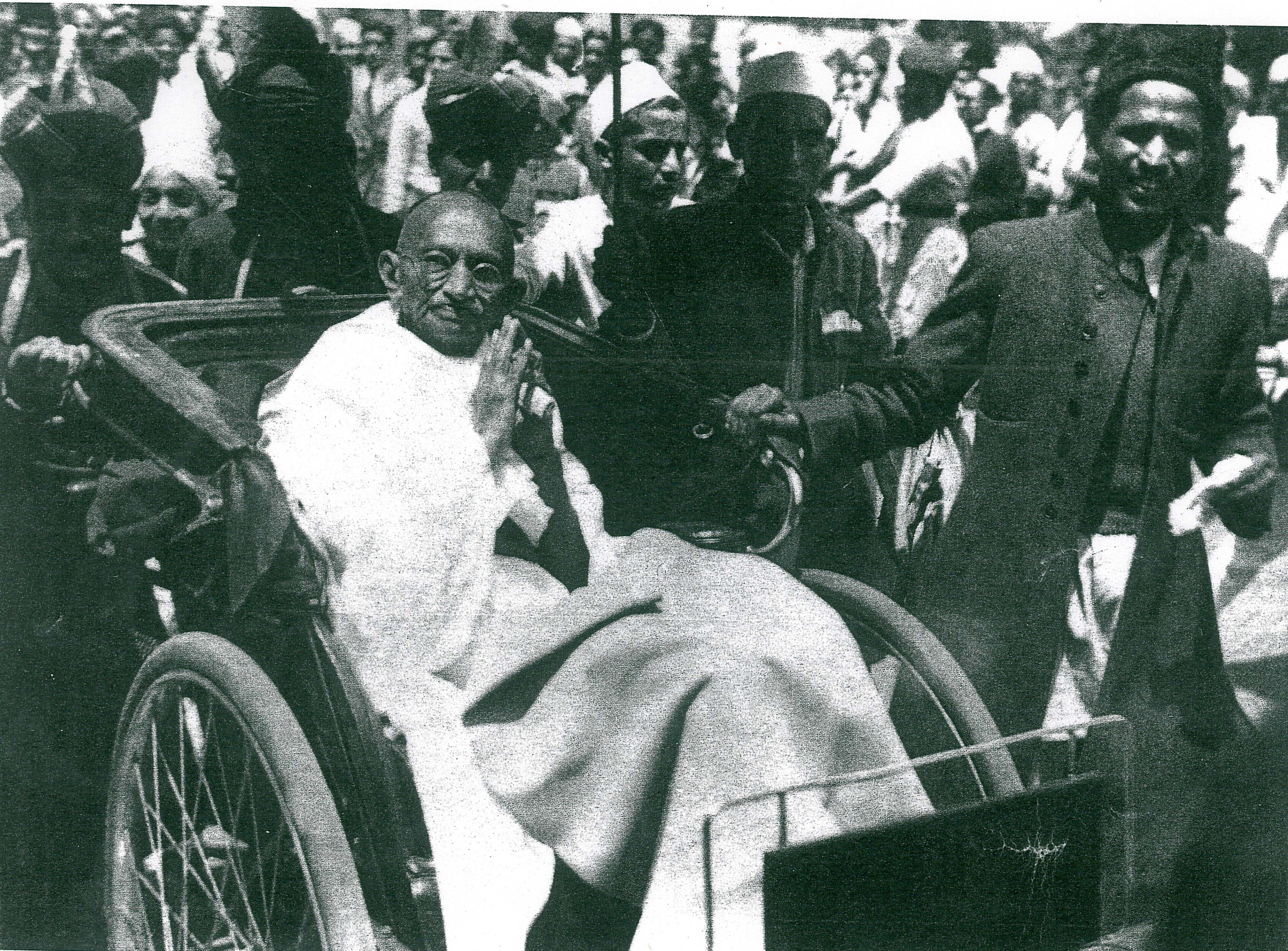Mahatma Gandhi, Shimla and the freedom struggle
Between 1921 and 1946, it was for various meetings and discussions that Mahatma Gandhi came to Shimla. These would impact the course of history and the complex processes that led to India’s freedom from colonial rule.
On May 11, 1921, a huge crowd gathered at the Summer Hill railway station to welcome the ‘Great Soul’. Gandhiji had been invited by the Viceroy, Lord Reading, to try and create an atmosphere of calm in India, preceding the visit of the Prince of Wales, which was scheduled for December that year.
The colonial administration had been rattled by the opposition to the repressive Rowlatt Act of 1919; under this Act, any Indian, without reason, could be detained indefinitely and the phrase went: “No dalil, no vakil, no appeal”. In addition, the massacre at Jallianwala Bagh had sent shockwaves.
On this trip, Gandhiji was accompanied by his wife, Kasturba. The group with them included Pandit Madan Mohan Malviya, Lala Lajpat Rai and the Ali brothers, Shaukat and Mohammed — the latter two were leaders of the ‘Khilafat Committee’, which was critical of the treatment meted out to the Khalifa (Caliph) by the British at the end of the First World War.
For five days, he stayed at ‘Shanti Kuti’ in the Chakkar area of western Shimla. Huge crowds moved wherever he went and cries of “Be-taj Badshah ki Jai” (Hail the Uncrowned King) rent the air around the gates of Viceregal Lodge when he went to meet Lord Reading.
The following day, he addressed a gathering at the Arya Samaj Hall in Lower Bazaar. He then went to ‘Fir Grove’, the residence of Rai Bahadur Mohan Lal, where a select gathering had been invited to interact with him. On May 15, around 15,000 people gathered at the Idgah to listen to him. Walking for miles, many had come from villages to catch a glimpse of the great man.
In March 1931, an understanding was reached between Mahatma Gandhi and the Viceroy, Lord Irwin, popularly known as the ‘Gandhi-Irwin Pact’. A decade had passed since his earlier visit. This time, in Shimla, Gandhiji stayed with Rai Bahadur Mohan Lal (1890-1932) at his residence, ‘Fir Grove’.
Lal was a strong supporter of the Arya Samaj and became a member of the Punjab Legislative Assembly. When Gandhiji came to Shimla, the boycott of the Simon Commission (1928) and Dandi March (1930) were both fresh in colonial memory. The Civil Disobedience Movement was well on its way.
 September 4, 1939. Gandhiji on his way to meet the Viceroy, Lord Linlithgow. Photo courtesy: Indian Institute of Advanced Study
September 4, 1939. Gandhiji on his way to meet the Viceroy, Lord Linlithgow. Photo courtesy: Indian Institute of Advanced Study
From the railway station, Mahatma Gandhi refused to use the human pulled and pushed rickshaw and special permission was given to take four cars to ‘Fir Grove’ over a short stretch of the Mall. Another first was to take place that year, and Gandhiji addressed a huge gathering on the Ridge.
On May 15, 1931, he held talks with the new Viceroy, Lord Willingdon, and the following day, he had talks with George Schuster mainly relating to the Salt Tax. He returned in July and on the 18th and 21st of that month, again had talks with the Viceroy.
Accompanied by Pandit Nehru, Gandhiji left Shimla on July 22. On August 25, he returned to Shimla for discussions with the Viceroy; these were a prelude to his attending the Second Round Table Conference for which Gandhiji sailed to England from Bombay on August 29 on the SS Rajputana.
On September 3, 1939, Britain and France declared war on Germany. Almost immediately, the Viceroy, Lord Linlithgow, invited Gandhiji for talks. He and his associates were disappointed at how India was being dragged into the Second World War without a word of consultation.
On June 28, 1940, Mahatma Gandhi again came to Shimla and had a long meeting with the Viceroy. Accompanied by Mahadev Desai and Pyarelal, he returned in September and had his first meeting with the Viceroy on the 27th. As earlier in the year, he stayed with Rajkumari Amrit Kaur at her residence, ‘Manorville’, in Summer Hill. The daughter of Raja Harnam Singh of Kapurthala, Amrit Kaur was a devoted follower and supporter of Gandhiji.
On June 14, 1945, the Viceroy, Lord Wavell, called for ‘The Simla Conference’ or the ‘Wavell Offer’. This was designed “to ease the present political situation and to advance India towards her goal of full self-government”. Ten days later, Gandhiji met the Viceroy and was in Shimla till July 17, when he returned to Delhi. Again, he was hosted by Rajkumari Amrit Kaur.
In 1946, Mahatma Gandhi came to meet the Cabinet Mission to iron out the modalities by which power could finally be transferred. On May 2, at a prayer meeting in Summer Hill, Gandhiji said: “Many people today share the belief, and I am one of them, that this time the Cabinet Mission will do the right thing and British power will finally and completely be withdrawn.” On May 12, failure of the Mission was announced.
Mahatma Gandhi’s visits were more than just fleeting trips to the summer capital. These were significant meetings that were to shape India. His presence also galvanised the local people and bolstered the Himalaya Riasti Praja Mandal that was fighting for freedom in the hills of Himachal Pradesh.
— The writer is a Shimla-based author
Top News